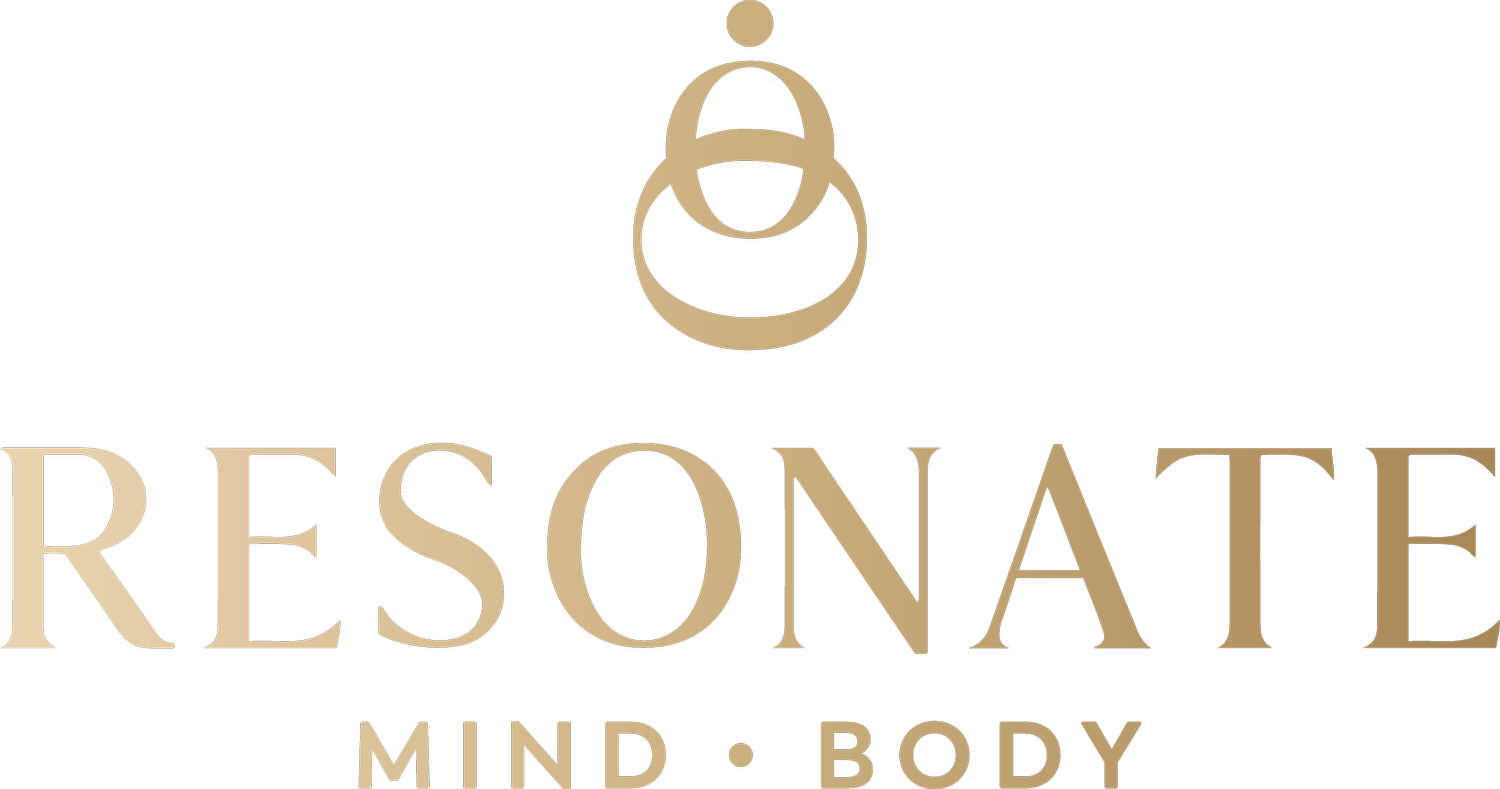
Breathing Retraining
Breathing retraining instructions
The way we feel is affected by the way we breathe. For example, when we are upset, we are often told to ‘take a few deep breaths’. This is not quite right, however. When we are feeling anxious or frightened, we don’t need to take a deep breath; we need to take a normal breath and exhale slowly. Breathing out is associated with relaxation, not breathing in.
While concentrating on a long, slow exhalation, it is a good idea to say the words ‘calm’ or ‘relax’ to yourself. These are good words to use because they are already associated with feeling peaceful and at ease. They can also be dragged out to match the long, slow exhalation, as in ‘r-e-e-e-l-a-a-a-x’ or ‘c-a-a-a-a-a-l-m’.
It is also important to remember to slow your breathing down. Often when people are frightened or upset, they start to breathe faster. This is a natural reaction and prepares the body to fight the threat or to run away. If you are not going to fight or run away, however, you may be taking in too much air and starting to over-breathe or ‘hyperventilate’. This causes unpleasant physical symptoms. So, what we need to do is to slow our breathing down and take in less air.
Benefits of proper breathing include helping your body to release toxins, it relieves pain and releases tension, it relieves emotional problems and elevates moods, it strengthens your immune system, it assists in weight control, and it boosts energy levels and improves stamina.
Relearning how to breathe from the diaphragm is beneficial for everyone. Diaphragmatic breathing, that is also called “abdominal breathing” or “belly breathing”, encourages full oxygen exchange — that is, the beneficial trade of incoming oxygen for outgoing carbon dioxide. Not surprisingly, this type of breathing slows the heartbeat and can lower or stabilise blood pressure.
Here’s how to perform deep diaphragmatic breathing
Step 1: Sit in a comfortable chair with your eyes closed and inhale very slowly through your nose using your diaphragm (your belly should expand while you inhale with little or no chest movement), until your lungs are full, and your belly has expanded
Step 2: Then slowly exhale through your mouth making sure you use your belly to push the air out.
Step 3: Once your lungs are empty and your belly is contracted, repeat the cycle with as much flow as possible.
Step 4: Your goal is to complete 10 cycles - (inhale – exhale) or 8 to 10 minutes of deep diaphragmatic breathing a day.
The best times to practice this type of deep breathing is first thing in the morning and right before you go to bed.
To enhance the benefit of deep breathing, I suggest visualising your goals or picturing your ideal life while practicing this habit.
Breathing correctly is not only important for living longer but also to have a good mood and keep performing at your best.
For the next 30 days, I challenge you to practice deep diaphragmatic breathing for at least 10 minutes a day every day. This is one of the best prescriptions for improving your health and optimising your wellness.

